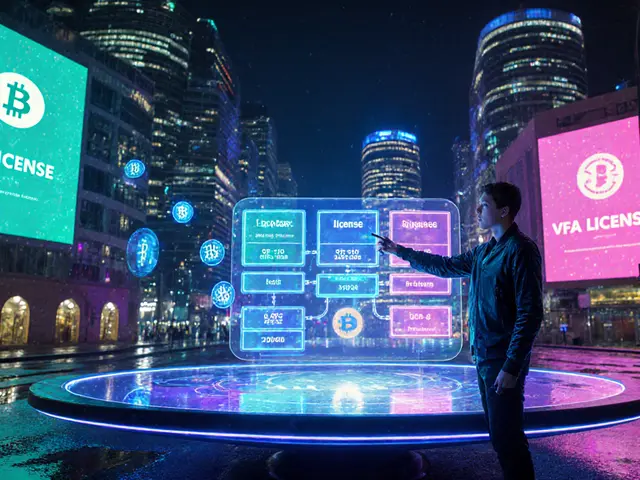
Deflationary Tokens: How Supply Reduction Shapes Crypto
When working with deflationary token, a cryptocurrency that permanently lowers its circulating supply through built‑in mechanisms like burns or fees. Also known as deflationary crypto, it creates scarcity that can boost value and incentivize holders.
Why Supply‑Shrinking Mechanics Matter
The core idea behind a deflationary token is simple: reduce supply, increase scarcity. Token burn is the process of sending a portion of tokens to an unrecoverable address, effectively removing them from circulation is the most common method. Each time a transaction occurs, a small percentage is burned, which means the total supply continuously contracts – a classic example of a deflationary token in action.
Another popular mechanic is the reflection fee a tax on every trade that is redistributed automatically to existing holders. This creates a passive income stream and aligns incentives because the more you hold, the more you earn every time someone else trades. The fee also serves as a deterrent to large sell‑offs, helping to stabilize price.
Some projects go further by adding auto‑liquidity a portion of each transaction that is paired with the native token and added to a liquidity pool on a decentralized exchange. Auto‑liquidity supports market depth and reduces slippage, which is especially useful for newer tokens that struggle with thin order books. Together, token burn, reflection fee, and auto‑liquidity form a trio of self‑reinforcing mechanisms that keep the token’s ecosystem healthy while driving scarcity.
These mechanisms aren’t just theoretical; they show up in real projects. For instance, many airdrop guides we’ve published – like the CRDT and Baby Shark token drops – highlight built‑in deflationary features that make the airdropped tokens more attractive. When you claim an airdrop, you often receive a token that already implements a burn schedule, meaning its value could rise simply because the supply is shrinking from day one.
Supply caps also play a crucial role. Supply cap the maximum number of tokens that can ever exist, set in the protocol code provides a hard limit on inflation. Even with regular burns, a clear cap lets investors calculate the ultimate scarcity and project long‑term price potential. Projects that combine an immutable supply cap with ongoing burns often position themselves as “deflationary by design,” a claim that resonates with traders looking for assets that can appreciate as demand grows.
Understanding these components lets you evaluate whether a token truly lives up to its deflationary promise. Look for transparent burn schedules, clear fee structures, and verifiable auto‑liquidity contracts on the blockchain explorer. If a project masks these details, the deflationary label might be more hype than reality.
In the collection below you’ll find deep dives into tokenomics, step‑by‑step airdrop claim guides, and analysis of how deflationary mechanics affect market dynamics. Whether you’re scouting for the next big deflationary token to add to your portfolio or just want to grasp how supply‑reduction features work, the articles ahead cover the full spectrum – from basics to advanced strategies.




